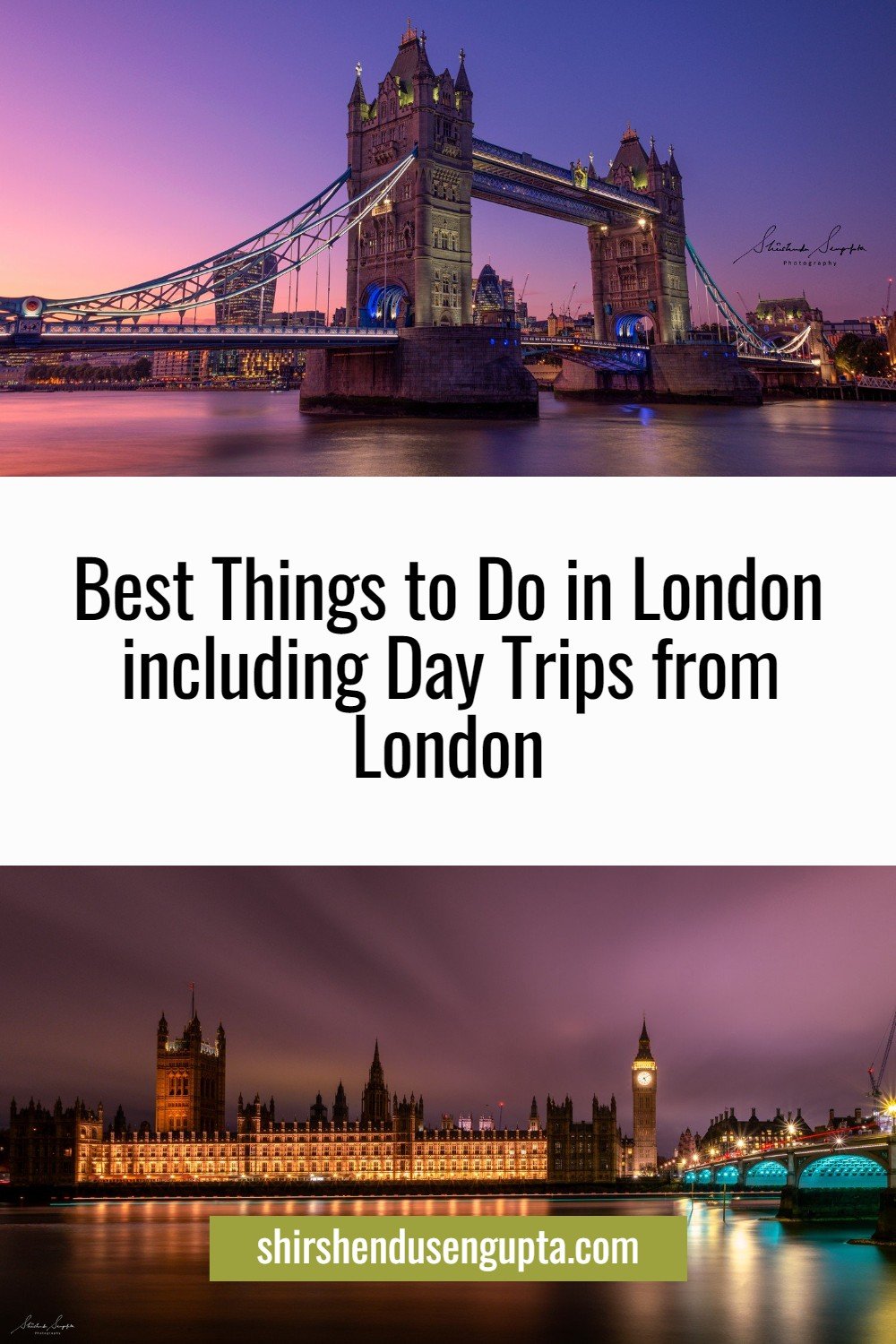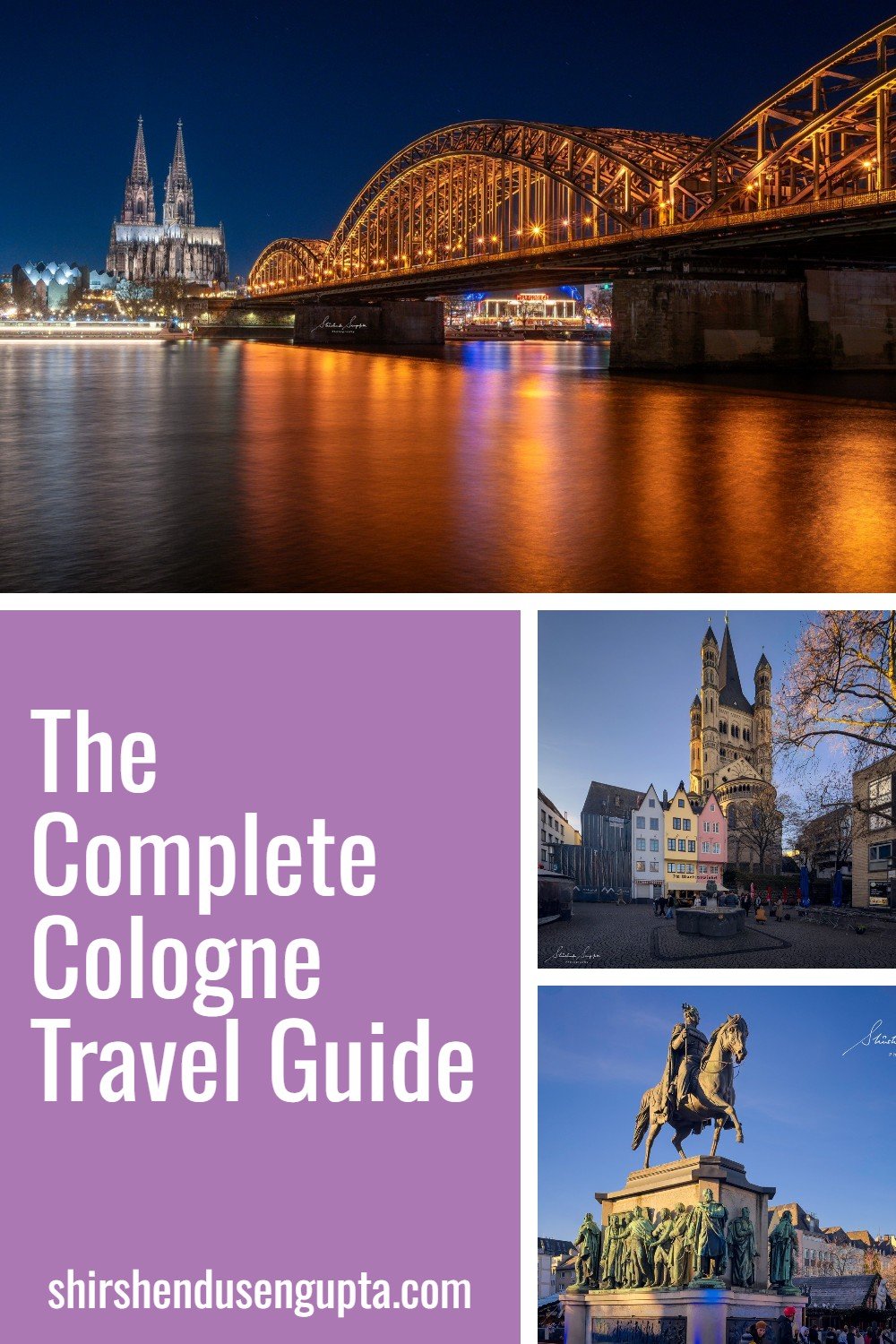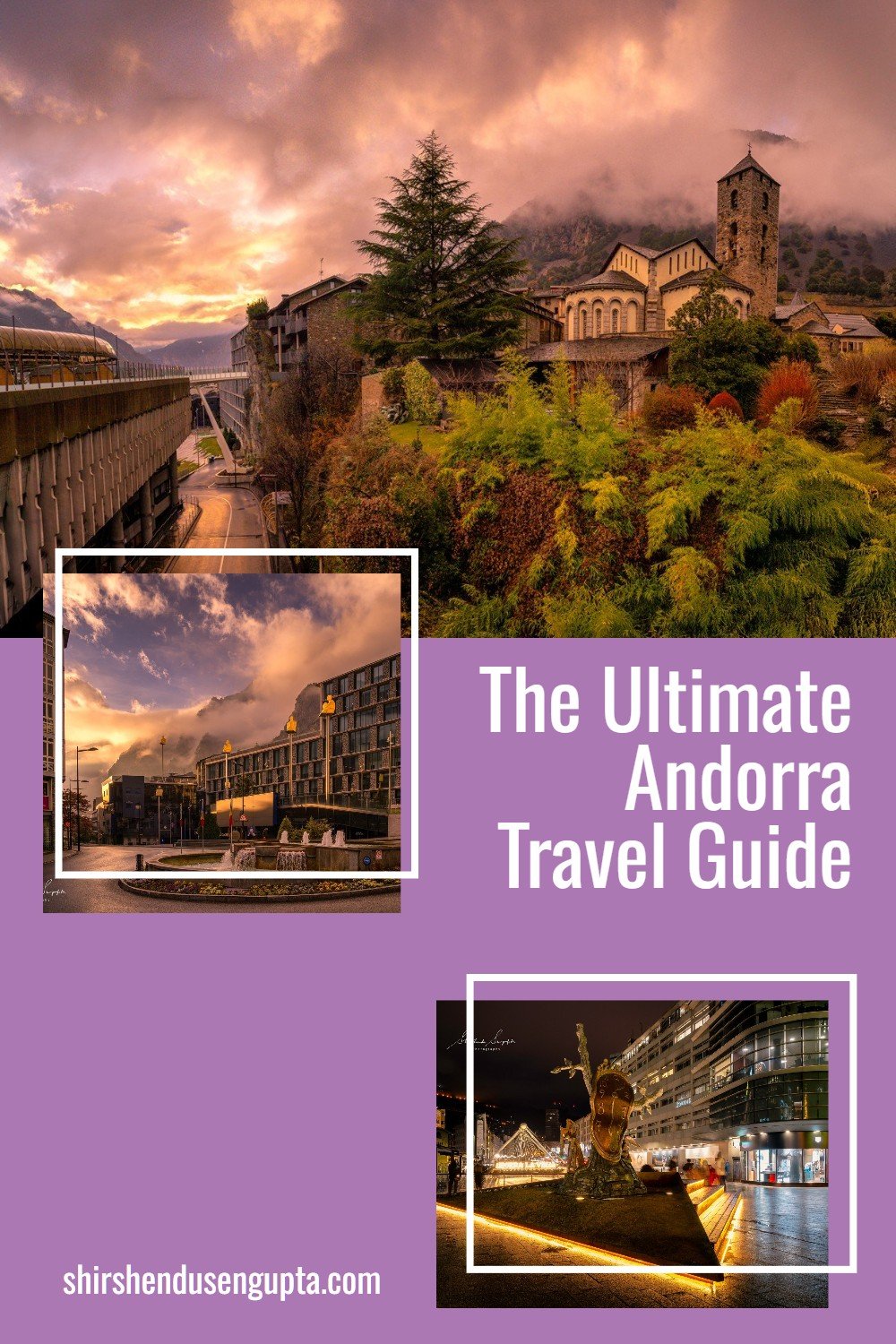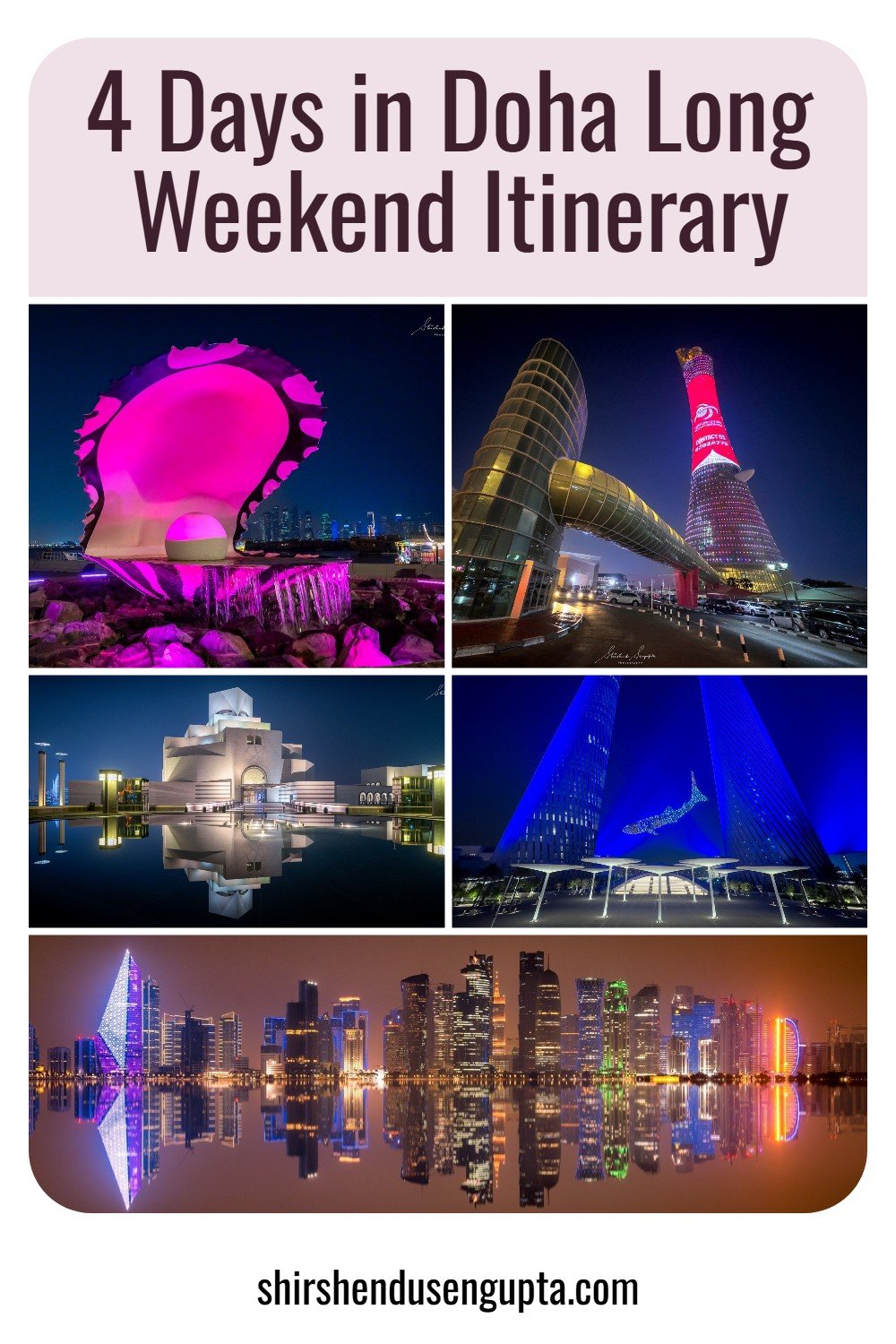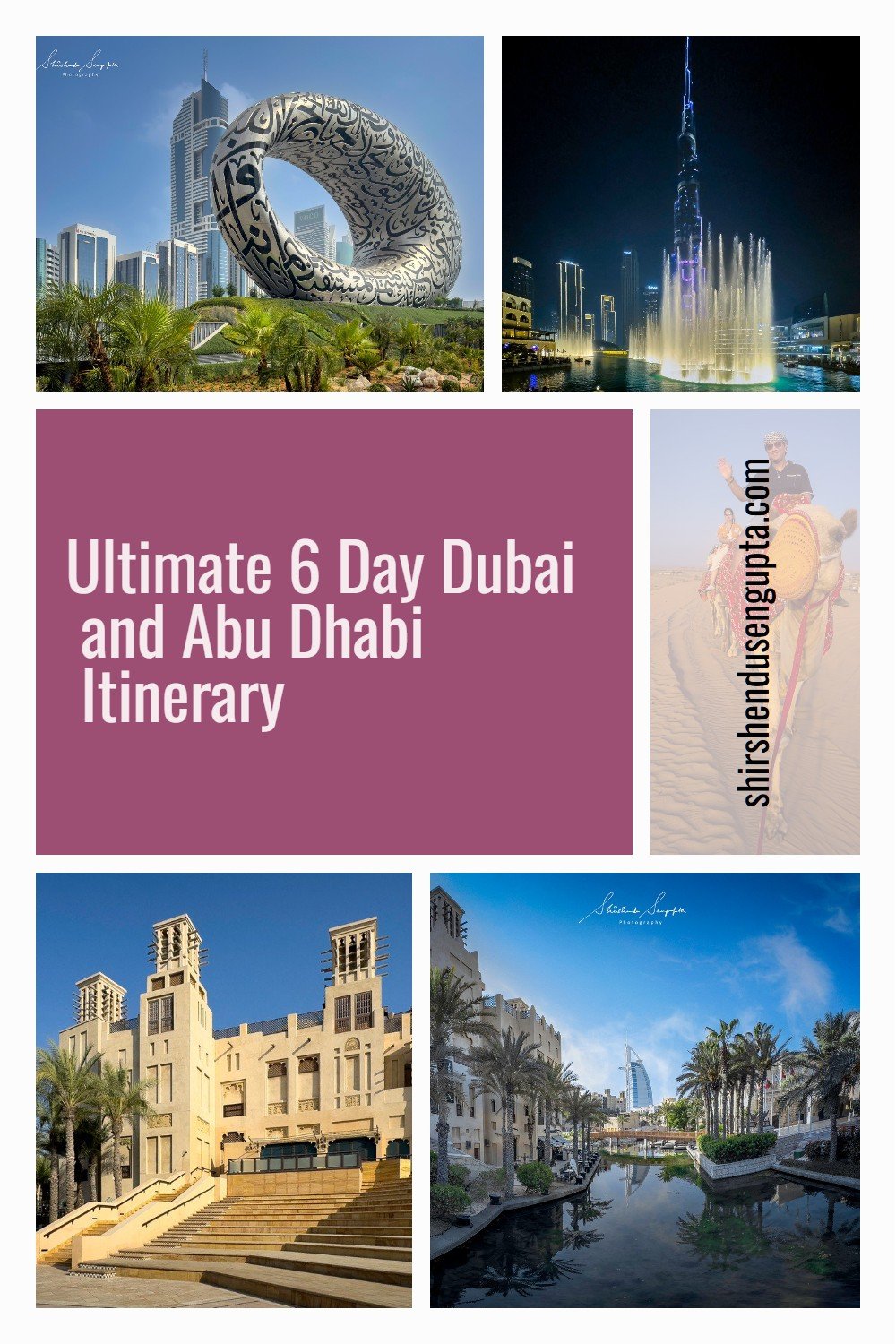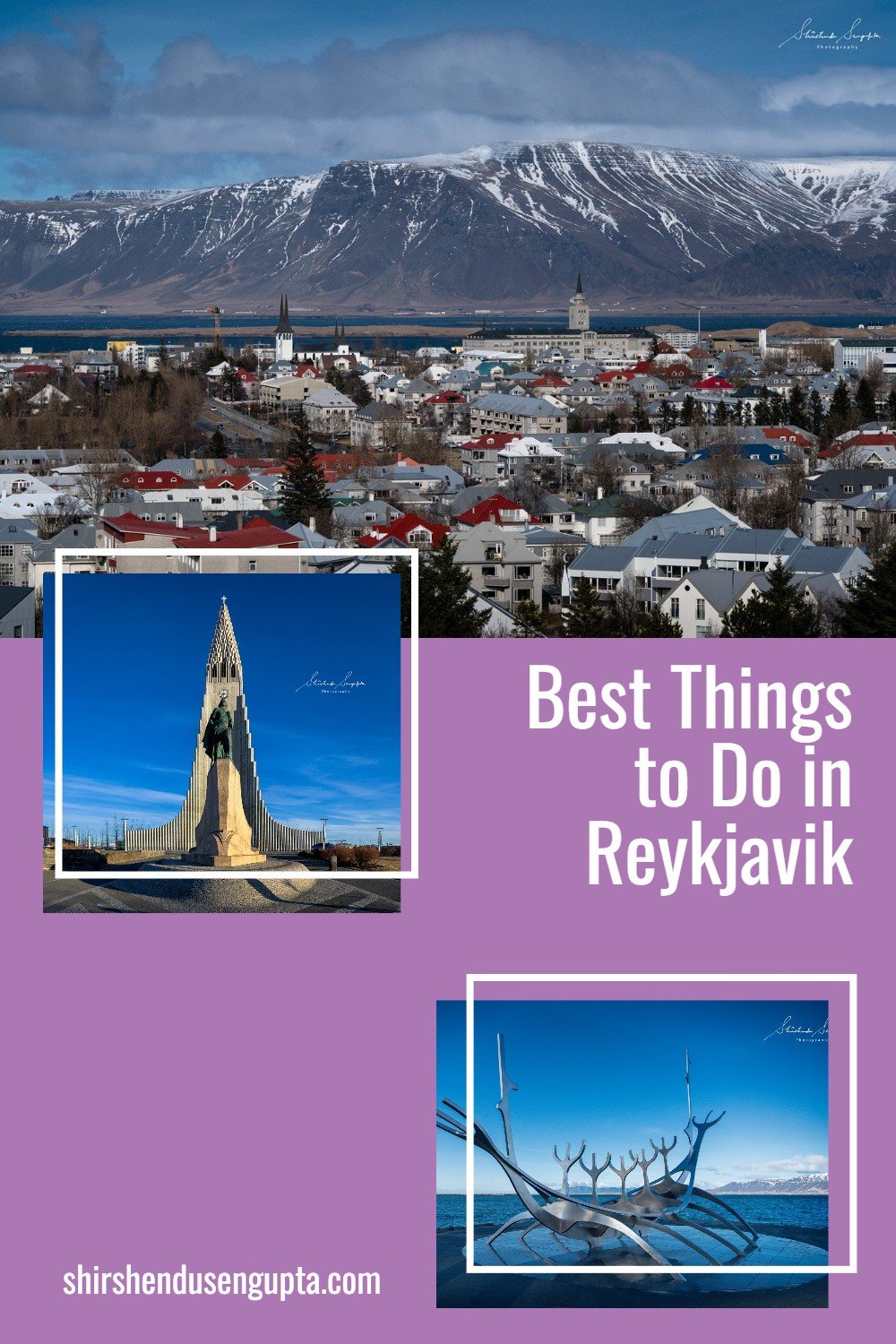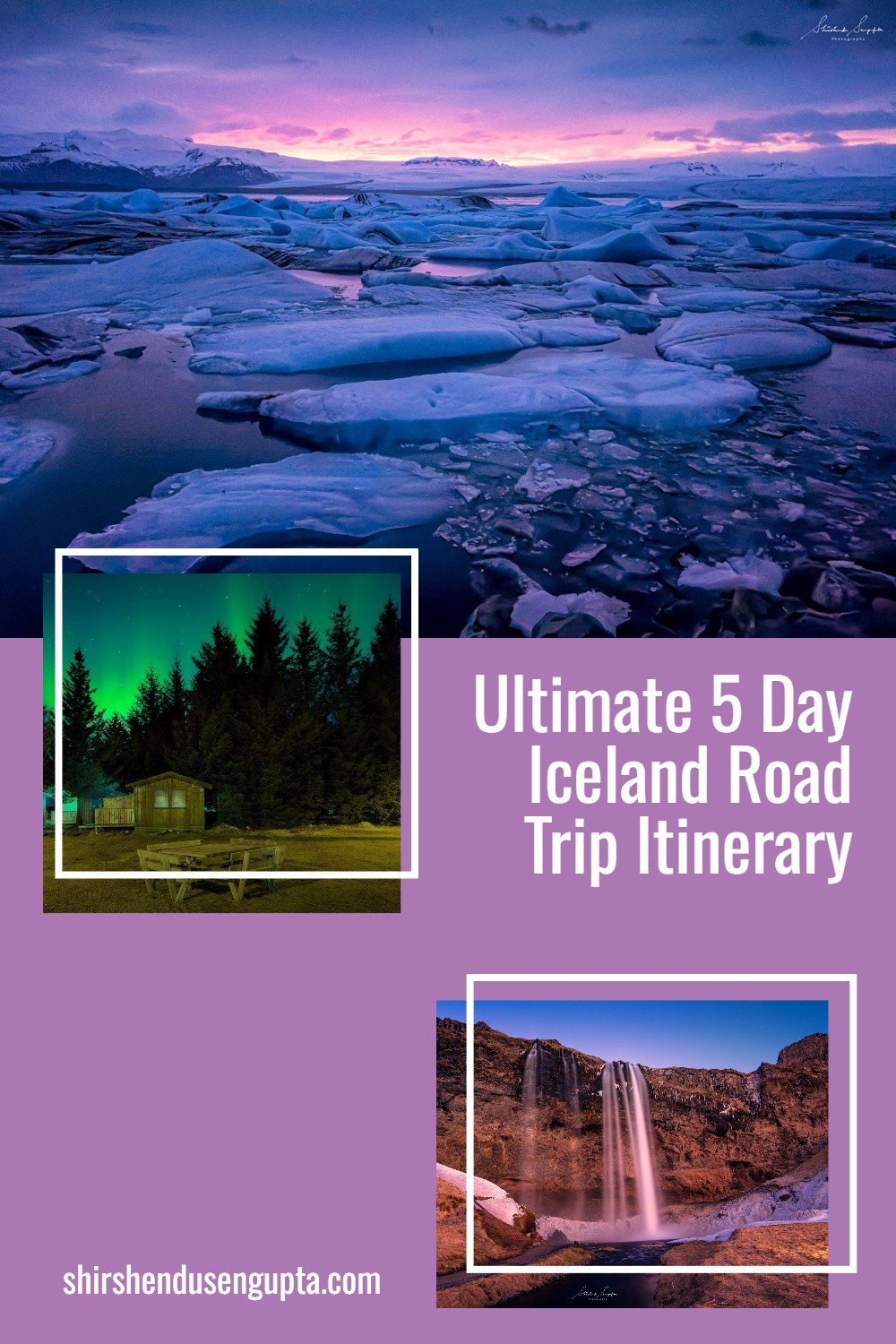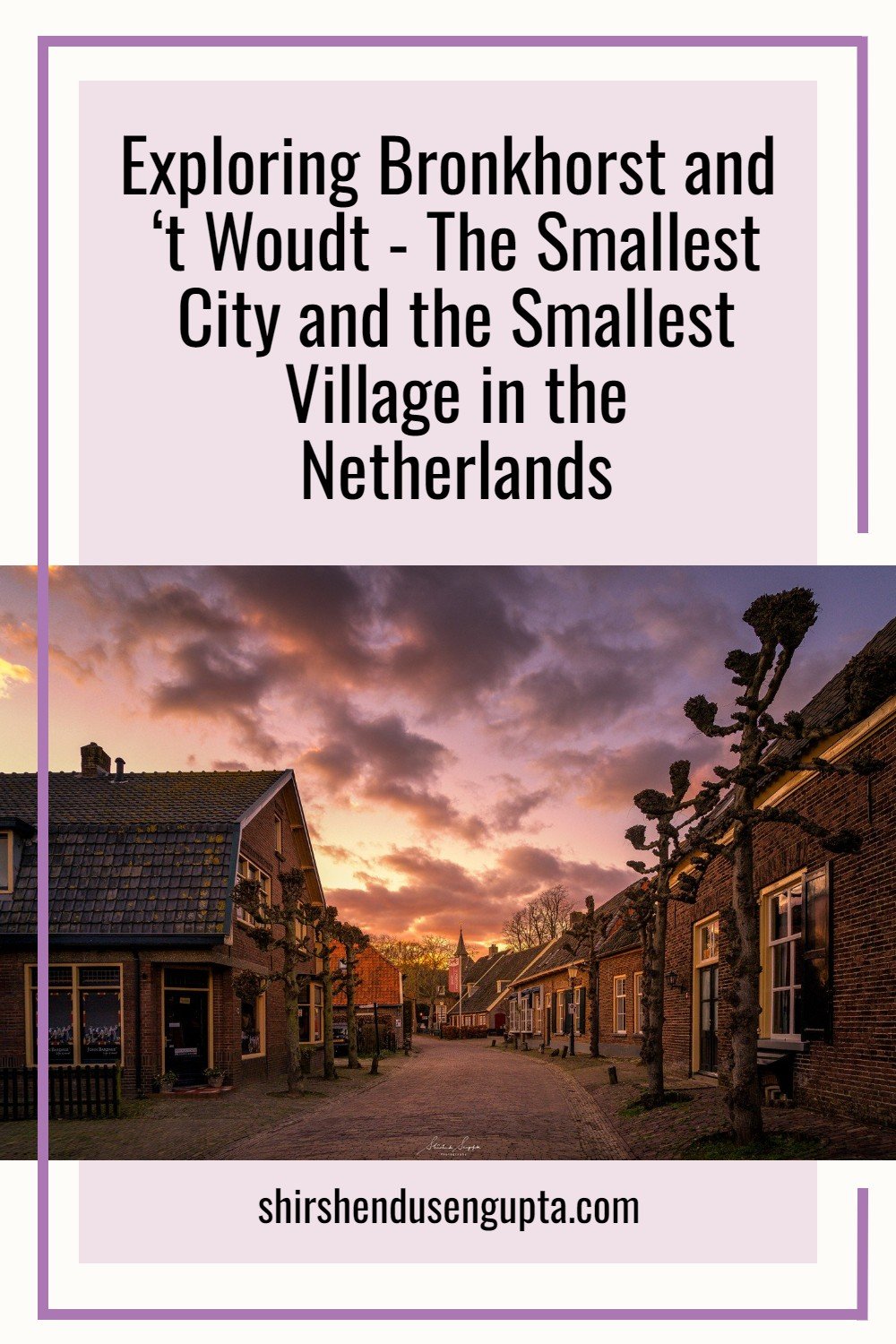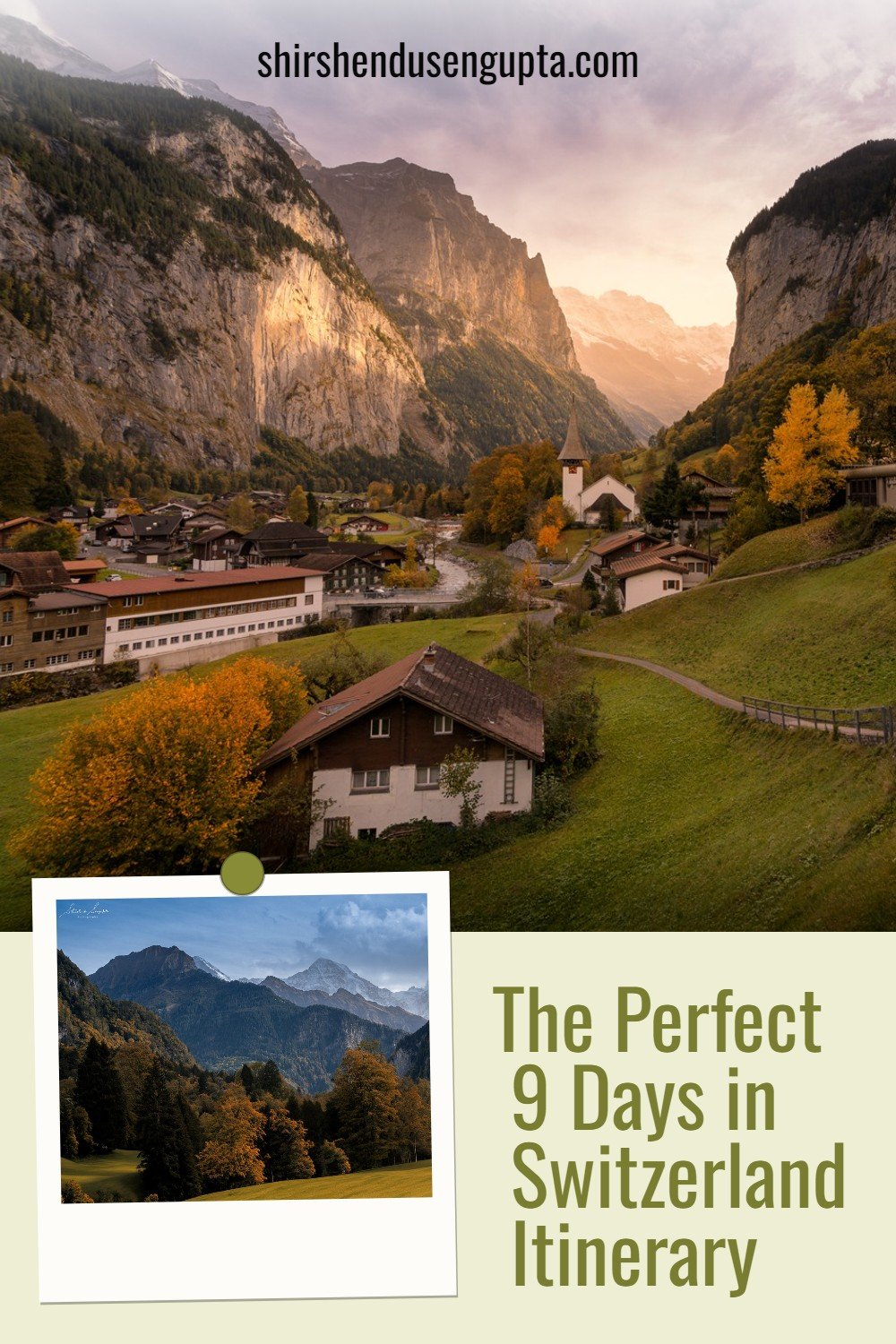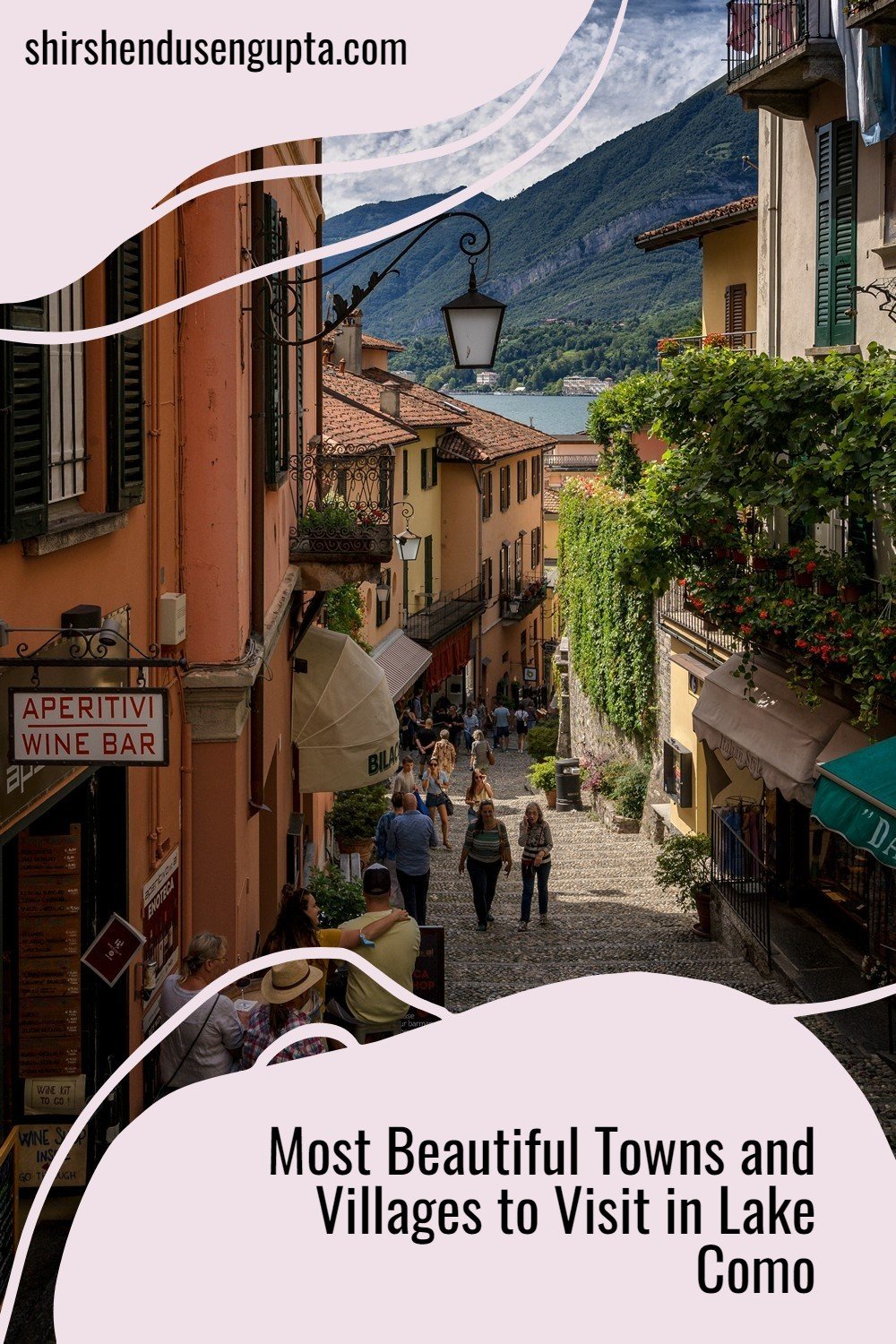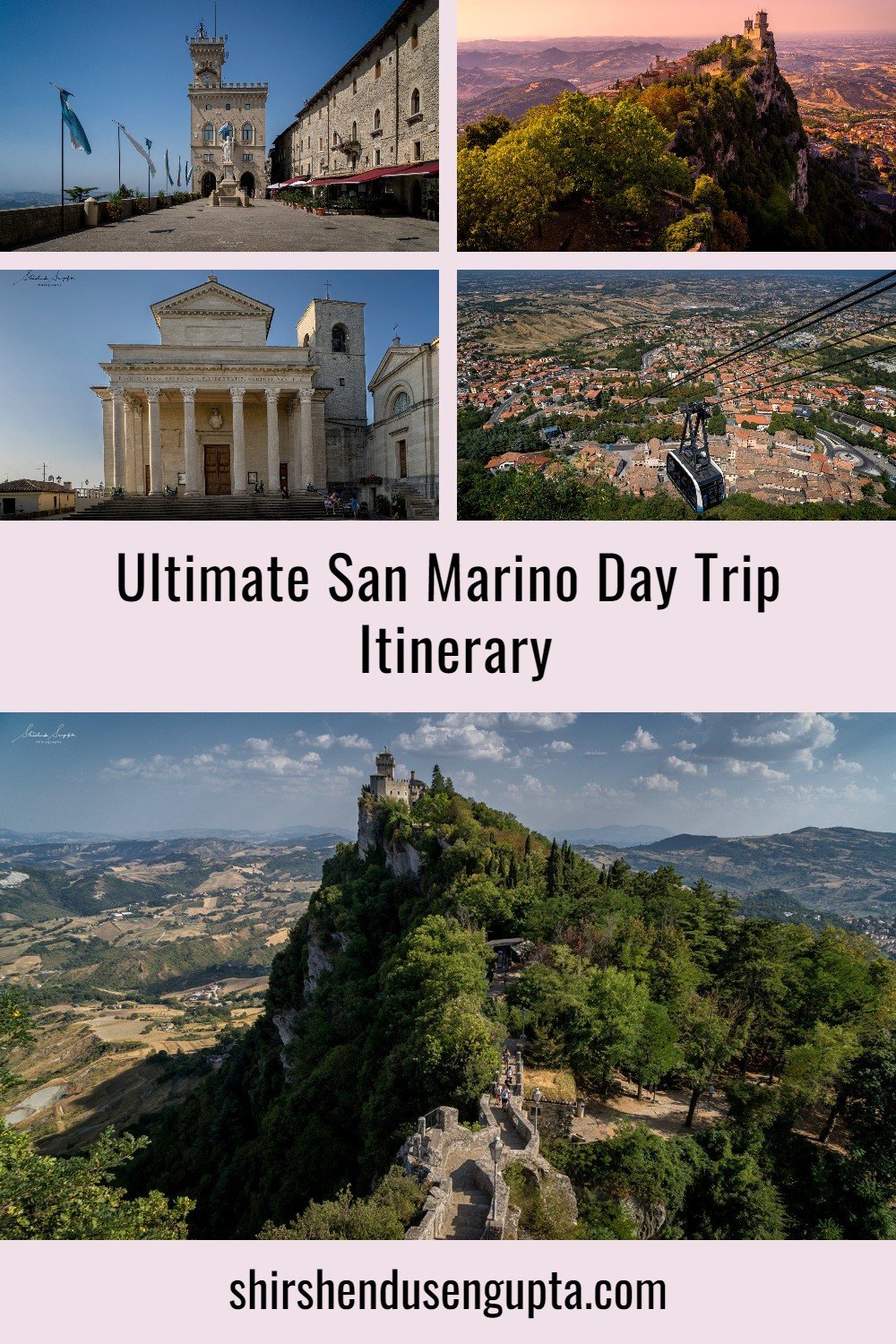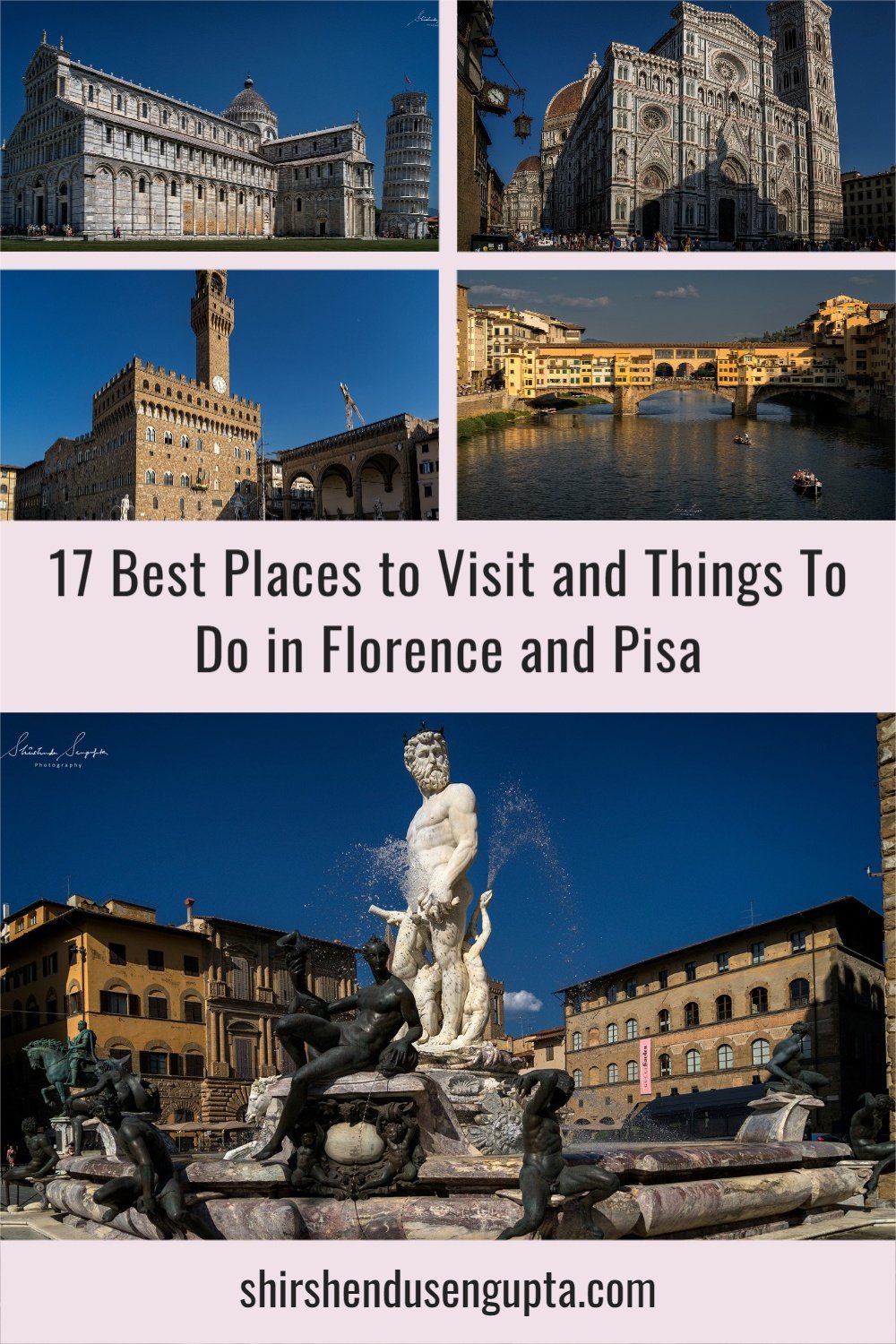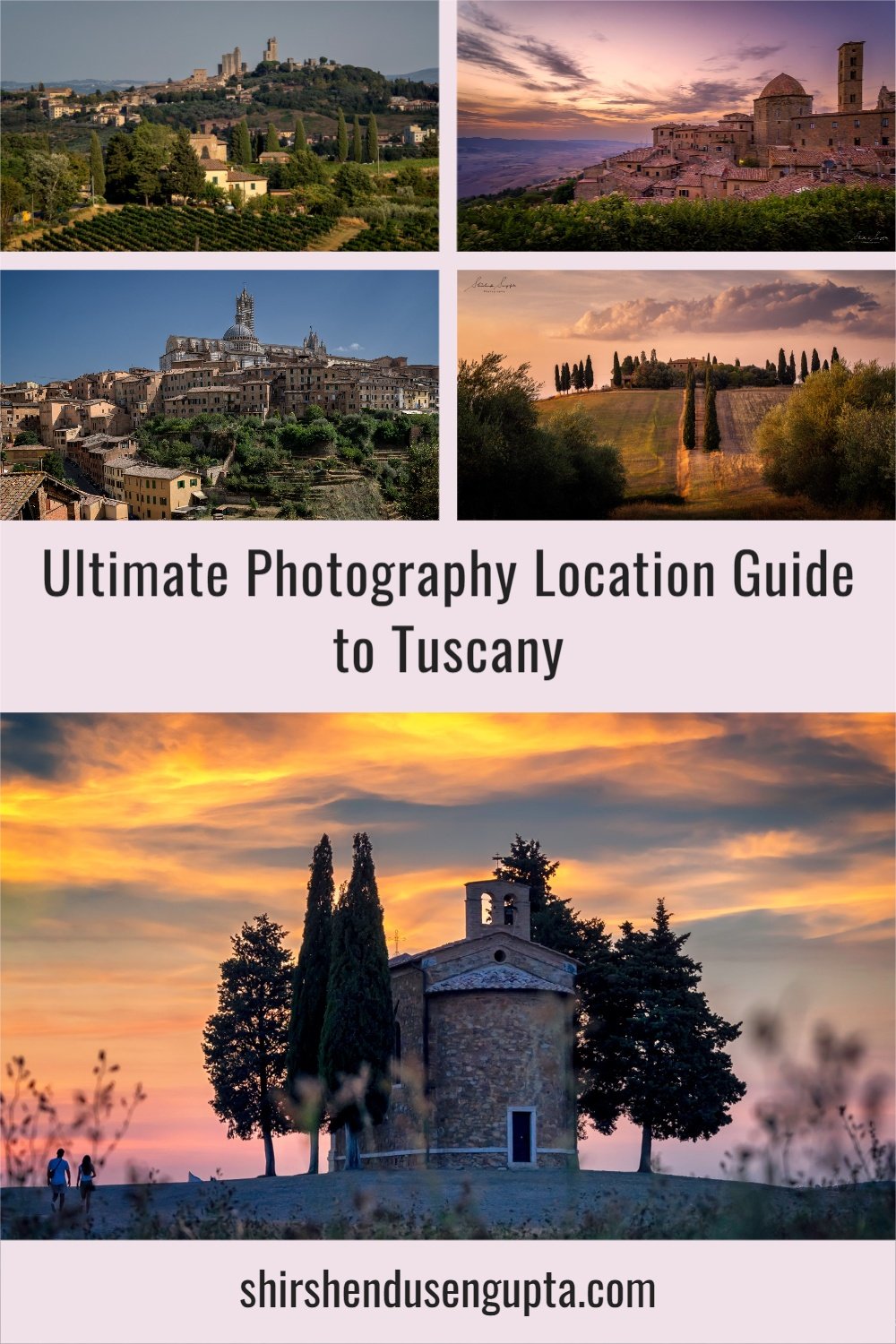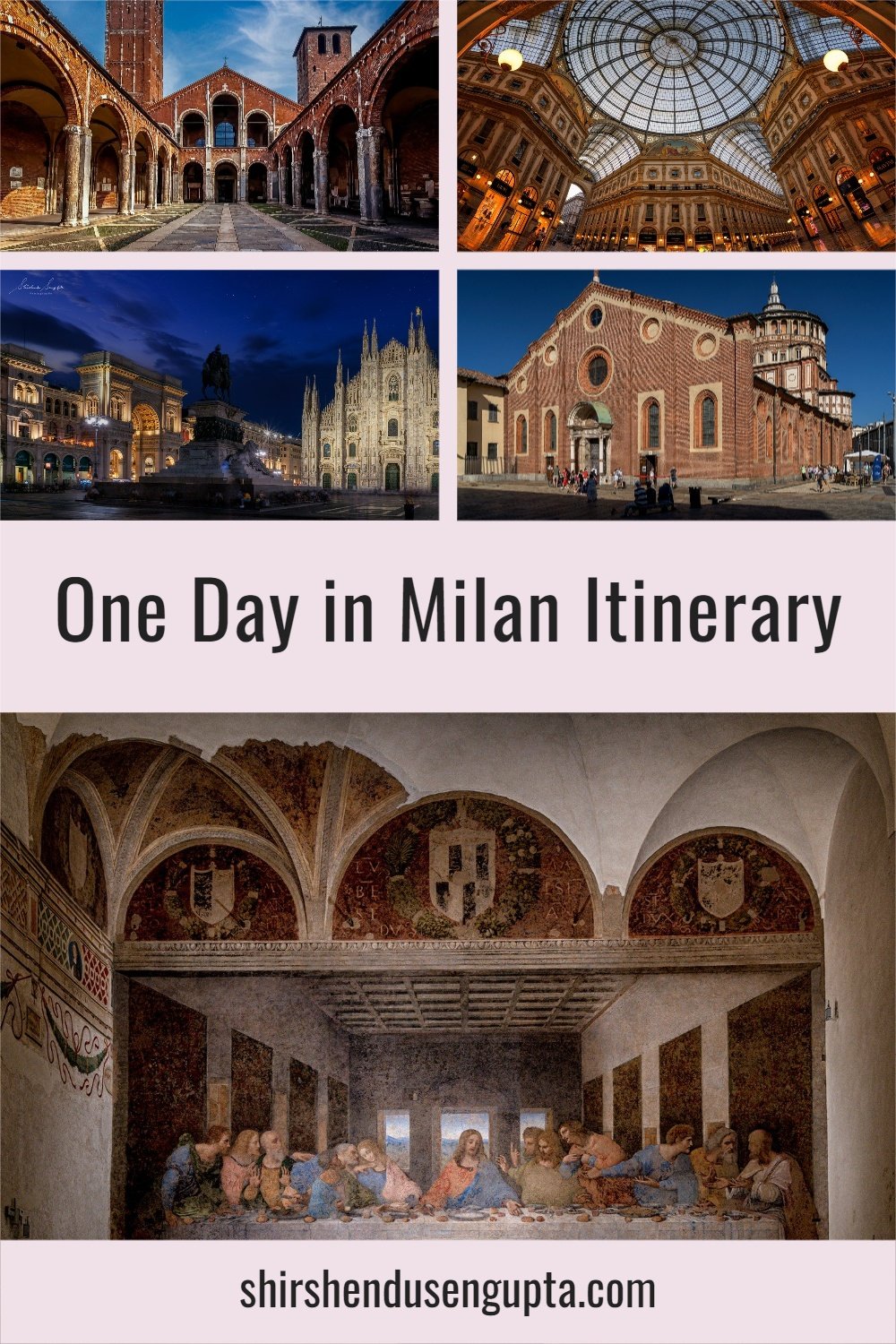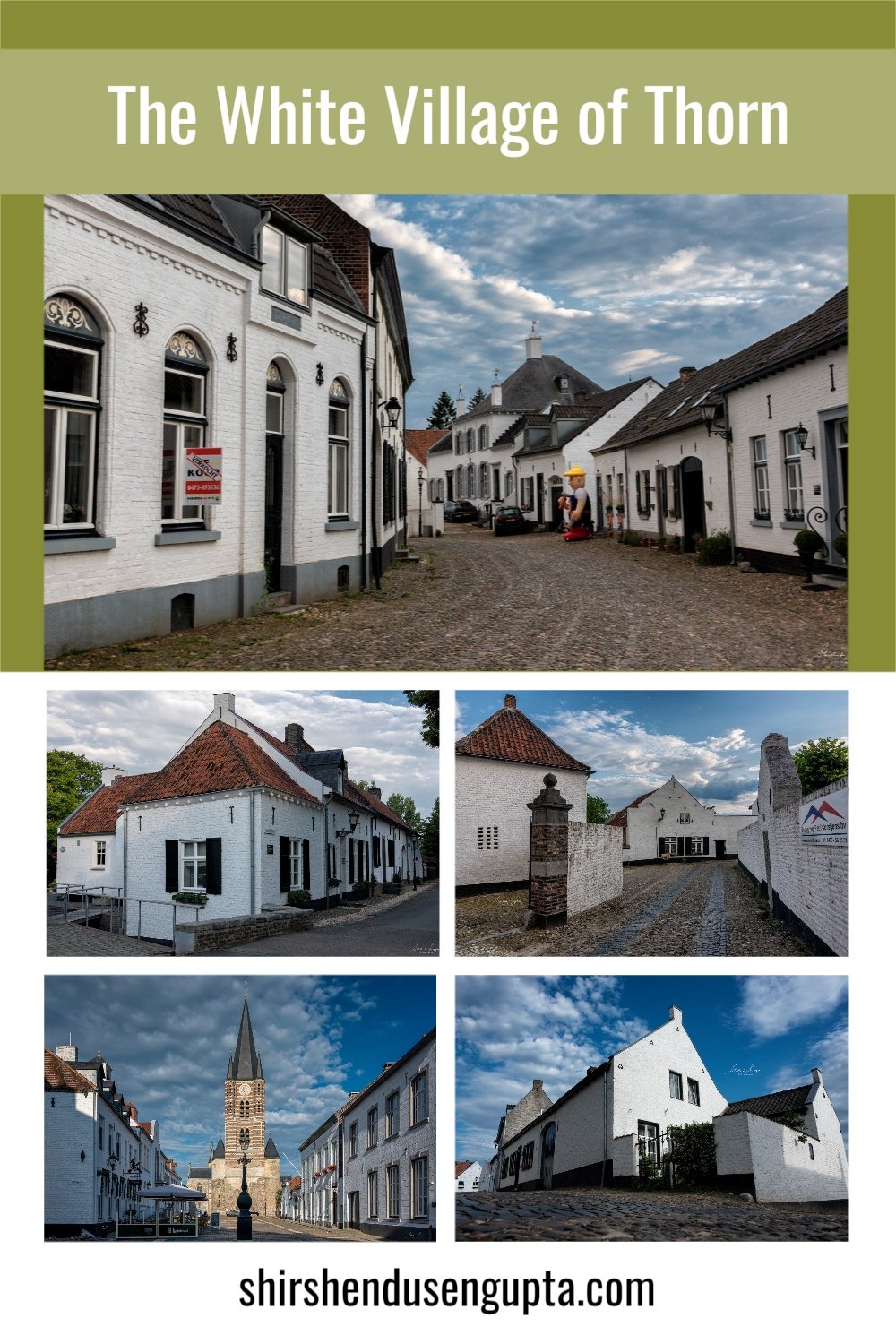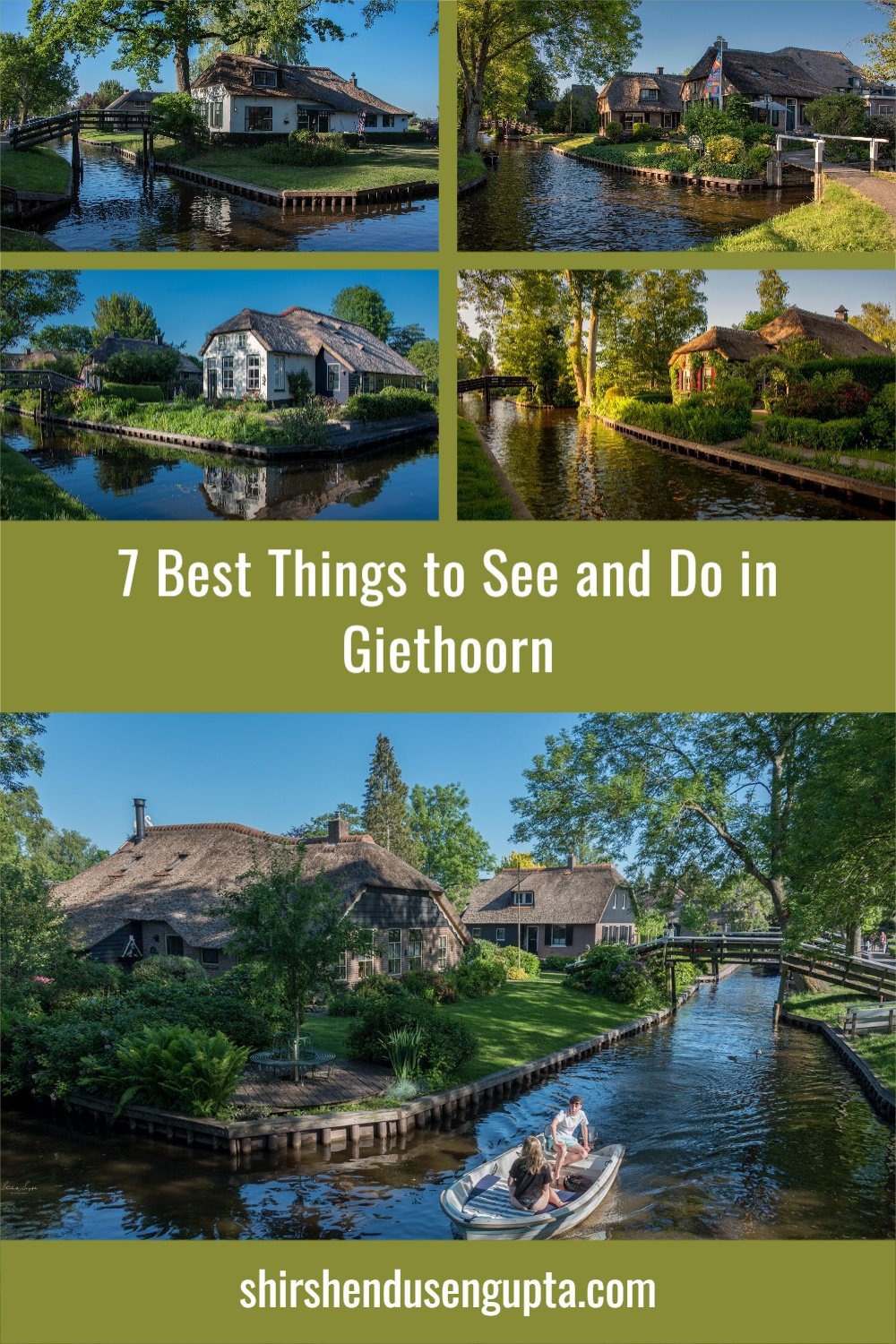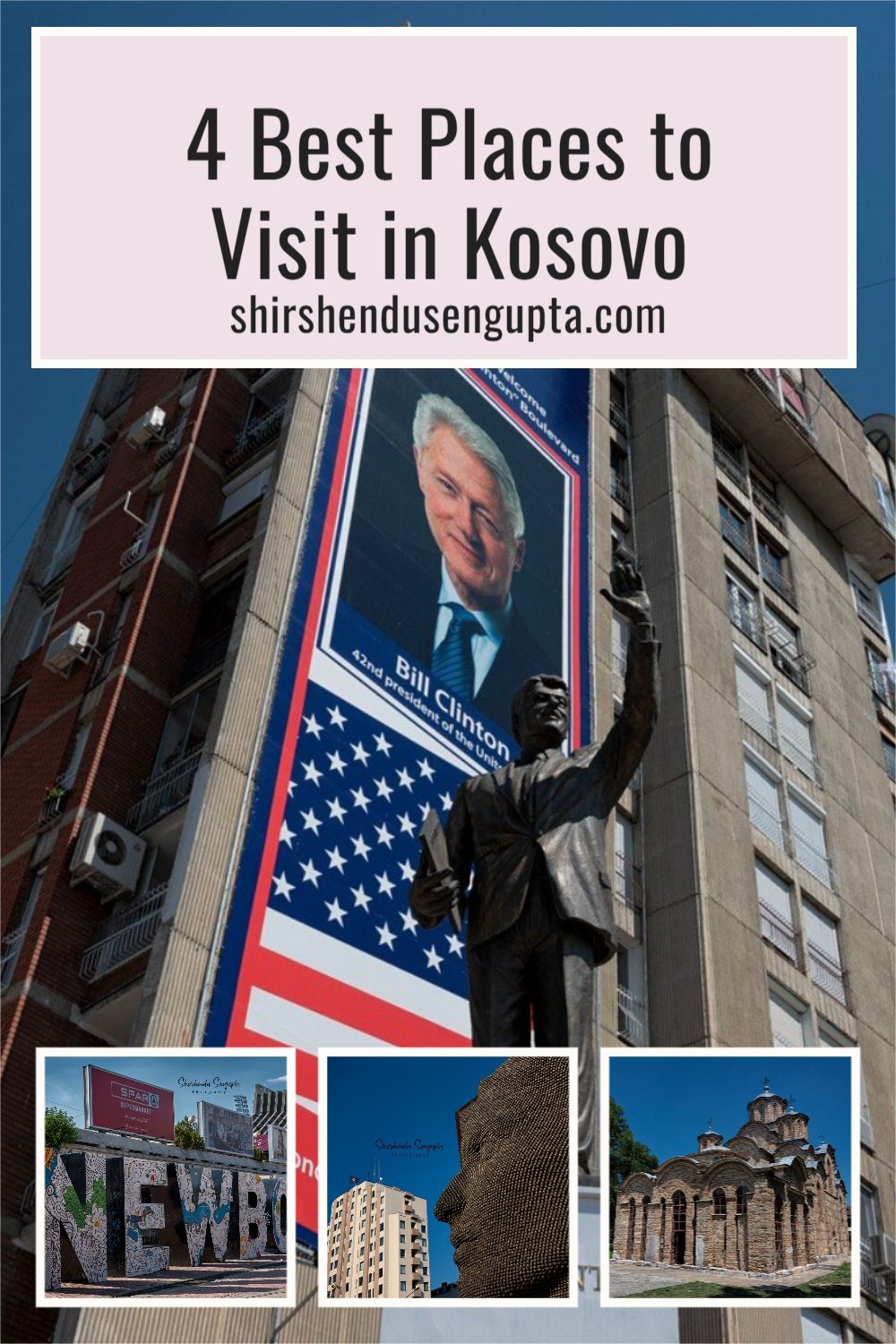The Complete Cologne Travel Guide | 10 Best Things To Do in Cologne | Top 10 Tourist Attractions, Sights, and Destinations to Visit on a Weekend Getaway Trip to Cologne, Germany
Welcome to Cologne!
Born as a Roman city, renowned as the birthplace of cologne (as in the perfume), and home to the world-famous twin-spired Kölner Dom (Cologne Cathedral) along with twelve other Romanesque churches, the love lock Hohenzollernbrücke (Hohenzollern Bridge), the historic Altstadt (Old Town), Rheinauhafen (Rhine harbor district), museums, murals, festivals like Christmas Markets and Carnival, and a unique local beer (Kölsch) scene, Cologne (Köln in German) serves as the perfect European city break for travelers of any age. About 1 million people live here and about 6 million travelers visit every year to explore the city and its tourist attractions. Today I’m going to take you along with me on a ride across the 10 best things to do in this beautiful city over a weekend. Let the journey begin!
10 Best Things to Do in Cologne
1. Witness the Breathtaking Skyline from the Banks of the Rhine or a Cruise
Start with capturing the stunning skyline of the city by walking over the Hohenzollern Bridge across the Rhine River to the Rheinboulevard, where you can unwind and enjoy the breathtaking sunsets that Cologne has to offer. Additionally, there are numerous little cafes and restaurants along the river's banks, which make this part of Cologne a delightful place to stroll. Just ensure to stay warm if you go during the winter! You can also hop onto a one-hour Cologne Sightseeing Cruise, to get unparalleled views of the most important Cologne landmarks, including the twin spires of Cologne Cathedral, the glowing buildings of the Old Town, and the Hohenzollern Bridge.
2. Check out the Love Locks on Hohenzollern Bridge
The 400 m-long Hohenzollern Bridge is the busiest railway bridge in Germany, handling more than 1,500 trains every day. Built from 1907 to 1911 and named after the Prusissan rulers, it was restored after being completely destroyed at the end of World War II. Since 2008, the Hohenzollern Bridge has been a modern pilgrimage thanks to a 2-ton collection of ‘love locks’ that lovers tie there and throw the key into the Rhine to lock their love forever!
3. Enjoy the Christmas Markets
Cologne is lovely during the Christmas season. Festive Christmas lights brighten the city, casting a pleasant glow across the streets. The markets that offer mulled wine are among the highlights. People can enjoy the festive ambiance and warm up with a drink of hot mulled wine here during cold weather. There are things for both young and old to do in the Christmas markets. While adults buy to their hearts' content and enjoy seasonal treats, children can entertain themselves on ice skating rinks and carousels. So, if you’re visiting Cologne in late November, or December, don’t miss out on the Christmas Markets!
4. Visit the Historic Cologne Cathedral
Cologne’s historical and spiritual heart is the UNESCO World Heritage Gothic masterpiece - the Kölner Dom or the Cologne Cathedral. With its 157 meters (515 feet) soaring twin spires, it is the tallest twin-spired church in the world, the second tallest church in Europe after Ulm Minster in Germany, and the third tallest church of any kind in the world. It was the tallest building in all of Europe until the construction of the Eiffel Tower in Paris. It took over 300,000 tons of stones and 600 years (1248- 1880) to complete the construction of the Cathedral. Even today about 100 masons work daily to maintain the Cathedral. Probably that explains the old Cologne adage that says “When the Cathedral is finished, the world will end!”
During World War II, it became the symbol of resilience when it endured fourteen hits by aerial bombs while 90 percent of the inner city of Cologne was destroyed. The believers think of it as a divine intervention while the war analysts attribute it to a possibility that the Allied forces did not destroy it as the twin spires were an easily identifiable navigational landmark for them. Today it continues to dominate the skyline of Cologne. It is not difficult to realize when the Kölners lovingly say, “Home is where the Dom is!”
The interior of the church covers an area of 6,166 square meters. The lofty nave is supported by 56 pillars. Soft light streams through the 10,000 sq. meters of medieval stained-glass windows as well as through the highly praised new window named ‘Symphony of Light’ comprising a kaleidoscope of 11,500 squares in 72 colors by contemporary artist Gerhard Richter in the right transept. One of the cathedral's many treasures is the ‘Shrine of the Three Kings,’ a lavishly decorated and gilded sarcophagus behind the main altar that is claimed to contain the remains of the kings who followed the star to the Bethlehem stable where Jesus Christ was born. When Emperor Barbarossa's chancellor smuggled the bones out of Milan in 1164 as war booty, Cologne immediately became a popular pilgrimage destination. Other highlights include the ‘Gero Crucifix (970),’ which stands out for its enormous size, the elaborately carved oak choir stalls from 1310, and the altar painting (1450) by Stephan Lochner of Cologne. Stop and appreciate the 24-tonne Peter Bell (1923), the world's largest free-swinging functioning bell, as you ascend the 533 steps to the 95-meter-high viewing platform on the south tower!
5. Marvel at the Gross Sankt Martin Kirche on the Fischmarkt (Fish Market)
With a set of four thin turrets arranged around a central spire that rises above Fischmarkt in the Altstadt (Old Town), Groß St. Martin has dominated the skyline of Cologne's historic Old Town since the Middle Ages. Its 960 AD foundations are based on the remains of a Roman church that was built on a Rhine island during the time. Later on, the church was converted into a Benedictine monastery. The present structures were constructed between 1150 and 1250. After suffering significant damage during World War II, the church was rebuilt in its present form.
6. Walk to the Church of St. Maria im Kapitol
St. Maria im Kapitol (St. Mary's in the Capitol) is an 11th-century Romanesque church. Major treasures include the ethereal stained-glass window, the elaborately carved wooden doors from 1065, a magnificently exquisite Renaissance rood screen, and a distinctive clover-leaf choir. The name "im Kapitol" refers to the first-century Roman temple dedicated to the ‘Capitoline Triad’ that was constructed on the present-day church site. In ancient Roman religion, three deities namely Minerva, Jupiter, and Juno collectively known as the Capitoline Triad were revered in a complex temple located on Rome's Capitoline Hill (Latin Capitolium). The present Catholic Church constructed between 1040 and 1065 is based on the Church of the Nativity in Bethlehem, and is dedicated to St. Mary.
7. Unwind at the Heumarkt
Originally the location for medieval "hay markets" (or Heumarkt in German), Heumarkt has developed into a popular destination for both residents and visitors. Today, the square has a number of restaurants, pubs, and open spaces where you may have a meal or a drink while taking in the vibrant ambiance. Nestled around the Cologne Cathedral, the Heumarkt area transforms into a mystical destination during the holiday season by hosting one of the city's most exquisite Christmas markets, complete with an ice skating rink and a mini-village.
8. Enter the Schokoladenmuseum (Chocolate Museum) walking past the Malakoffturm (Gate Tower)
Visit the Chocolate Museum if you're looking for fun things to do in Cologne. This high-tech, boat-shaped structure on the Rhine River provides an intriguing look at the 5000-year cultural history of the "Elixir of the Gods," (as the Aztecs termed it), from Aztec times to cocoa cultivation today. You can reach the Chocolate Museum by walking past the 1848 Gate Tower named Malakoffturm.
In the Production Room, you can learn about chocolate and observe how chocolate bars are made. You can add any ingredients you choose to your chocolate bar at the Chocolate Studio, making it the ideal memento to take home. At the center of the museum is a stunning golden model of a cacao bean plant. As you get closer, you'll see a captivating cascade of smooth milk chocolate into a pool of delicious sweetness. Additionally, if you're lucky, you might be able to enjoy a tasty chocolate-covered waffle for free. Enjoy a hot beverage and a slice of freshly made chocolate cake in the Chocolate Grand Cafe, which overlooks the Rhine River, before departing the museum.
9. Visit the Ludwig Museum
With so many museums and galleries to suit any visitor's taste, Cologne is regarded as Germany's cultural center. There are more than 40 museums in Cologne, many of which focus on art. There’s East Asian Art, Applied Arts, Medieval Art, Glass Art, and Impressionist Art but our favorite is the conveniently located Ludwig Museum. It is home to the greatest Pop Art collection in Europe and the third-largest Picasso exhibit in the world. With a diverse range of painters over the past 125 years, it's modern art at its best. Here you can find Dix, Chagall, Warhol, Lichtenstein, Richter, Mondrian, Man Ray, Hockney, Polke, Klee, Macke, Pollock, Dali, Klein, and Kirchhoff all under one roof!
10. Drink a Kölsch Beer
Cologne is famous for its Brauhaus (brewery) culture with its oldest brewery, Brauhaus Sion, dating to the early 14th century. The city is also the birthplace of the crisp, golden Kölsch beer. So after all the above explorations, enjoy local delicacies such as Halve Hahn (thick slices of Gouda cheese served with raw onion, butter, and bread), Mettbrütche (raw minced pork served with onions and bread), and Himmel un Ääd (fried black pudding, chunky apple puree and mashed potato) while sipping on a glass of Kölsch beer in one of the local breweries of the Altstadt (Old Town)!
Visiting Cologne
Best Time to Visit:
Cologne has something to offer all year round. Mild weather and blooming flowers make spring (March to May) a lovely time to explore the city. Summer (June to August) is characterized by warm weather with lively outdoor events and beer gardens, though it can be busier with tourists. You can expect cooler temperatures and fewer crowds, with beautiful autumn colors during fall (September to November). And if you plan to visit during winter (December to February), you can enjoy Cologne’s famous Christmas markets (between November and December), or the Cologne Carnival (February).
Number of Days to Stay:
A weekend (2 - 3 days) is enough to cover the major attractions of Cologne mentioned above.
Best Place to Stay:
The best place to stay in Cologne is the Altstadt (Old Town) which is close to Cologne Cathedral, the Rhine, and major attractions. If you prefer a trendy and artsy area with lively nightlife and great cafés you can choose to stay in Ehrenfeld. Deutz, located across the Rhine, offers quieter stays with stunning views of Cologne’s skyline. And if you are looking for a fashionable neighborhood with boutiques, restaurants, and a more local vibe you must choose the Belgian Quarter.
Best Way to Arrive:
Cologne Bonn Airport is well-connected to European destinations. A 15-minute train ride or taxi brings you to the city center. If you are located in Germany or one of the neighboring countries, I recommend you to travel by train to Cologne Hauptbahnhof (Central Train Station) which is a major hub with connections to German cities and international destinations like Brussels, Paris, and Amsterdam. While driving to Cologne is always an option and we often do that, I recommend you to avoid it if you can, especially during the festive season (reasons provided below).
Best Local Mode of Conveyance:
All attractions in Cologne mentioned in this article are within walking distance. However, if you are not in the mood for walking, Cologne has an efficient network of trams, buses, and U-Bahn trains. A day pass (‘TagesTicket’) is cost-effective for unlimited travel within the city. In addition to the day passes the tourist office offers a KölnCard which not only includes public transport for the day but allows for reduced entry to several attractions. The city is bike-friendly, with rental services like ‘Call a Bike.’ Taxis/ride-sharing is readily available but more expensive than public transport. You can also enjoy a scenic Rhine River cruise to see Cologne from a different perspective.
Tips for traveling to Cologne during the Festive Season: If you are in Cologne during the festive season i.e. during the Christmas Markets or the Carnival, it can be very busy (like super crowded). We once drove to Cologne from the Netherlands to attend the Christmas Markets and arrived at 13:30 CET, but it took us 2 hours (i.e. until 15:30 CET) to queue into a parking garage, park the car, and go for lunch in a restaurant which took 1 hour to deliver the order. So factor that into your planning and arrive early to the locations to get parking!
Tips for Driving in Cologne: Driving within Cologne requires emissions stickers (Umweltplakette) to be displayed on your car that specify the emissions standards or certify how polluting your car is. These stickers are intended to improve air quality in so-called environmental zones, which limit entry to specific regions of city centers based on a vehicle's emissions criteria. So before traveling to Germany, make sure your vehicle has the sticker installed. They cost 6 euros for German cars, although the price varies widely for international vehicles depending on where and how they are purchased. You can order them online or buy them at TUV or Dekra (vehicle inspection shops) when you enter Germany. Technically if you are caught without stickers, fines can range between 50 and 200 Euros.
Epilogue
So that brings us to the end of our Complete Cologne Travel Guide. Please let us know in the comments below if you enjoyed reading this article. And until we meet next time, I wish you merry traveling and happy shooting!
Pin the article
Bookmark the article for reading later!
Want to license/buy photos in the article?
License photos for commercial/editorial use or buy photo prints!
Want us to write an article for you?
Articles for magazines, newspapers, and websites!
Watch our Videos
Check out our videos on our Youtube Channel!
Join the Newsletter
Get updates on our latest articles!
We respect your privacy. Read our policy here.
















